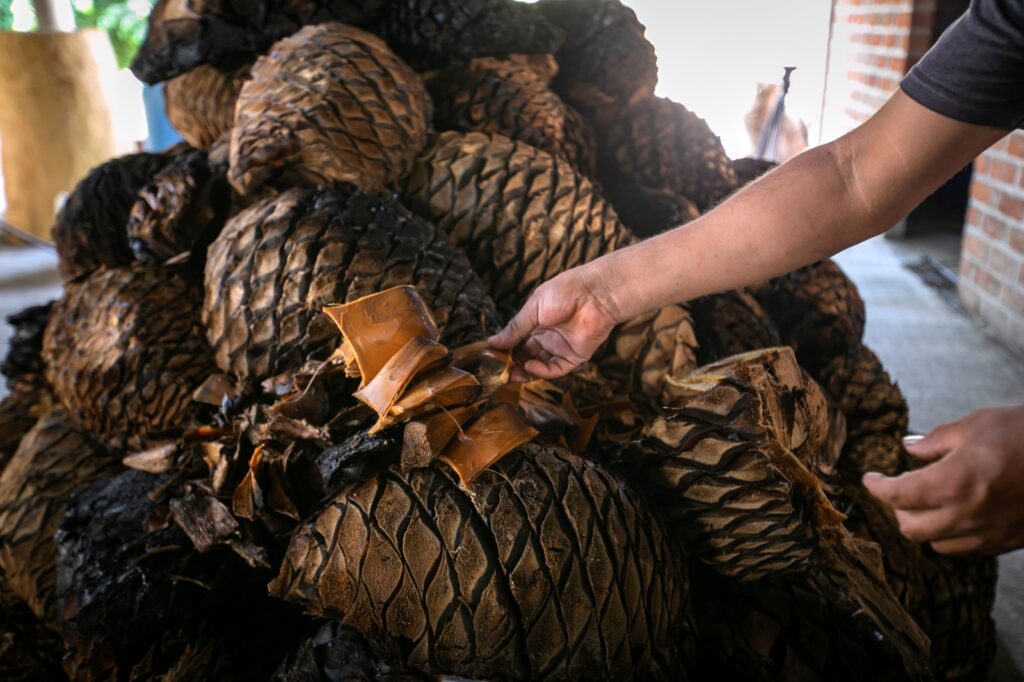In the states of Guerrero and Morelos, the amalgamation of Spanish, Filipino and pre-Hispanic Arab technologies can occur for the distillation of various products such as fruit and agave and is still used in the south today. Mexico for the expansion of mezcal investigated by Vladimira Palma Linares, professor and researcher at Centro Universitario Tenancingo, UAEMéx.
According to the archaeologist, mezcal production in the Mexican municipalities of Zumpahuacán and Malinalco has great historical depth, dating back to colonial times.
Palma Linares, member of the National Institute of Researchers (SNI), noted that an investigation is being conducted to determine the historical origins of agave distillation in the south of the state of Mexico.
As indicated, by the end of the 16th century there were contacts along the Mexican Pacific coast, particularly in states such as Guerrero, Colima, and Nayarit. These interactions led to the combination of existing technologies in Mesoamerica with new ones.
“La Perla” distillery, located in the municipality of Zumpahuacán, is one of the places where the connection of these technologies will be analyzed, the author said. It is common in this region to use distillers similar to Filipino, but made with the hollow trunks of the zompantle, a tree native to Mexico.
“We analyzed whether it could be a Philippine distiller combined with an Arab one. Obviously, the merger of the two is happening here,” he said.
The main objective of this work, he noted, is to identify the historical depth of this technology, to know when mezcals were first distilled in the region.
Through her BA in Archaeology, from the University of Tenantsingo Center, from the UAEMéx, various thematic lines are addressed. “Not only do we work in the societies of the past, which archaeologists are generally associated with, we also work in a line called archaeology, but in the societies of today,” he said.

With the participation of students, studies on textile production processes are also carried out in this municipality. “Students come to places like this to learn how ethnoarchaeology is carried out, and as a result we have publications and theses,” concluded Vladimira Palma Linares.
(Photo: Special Portal).

